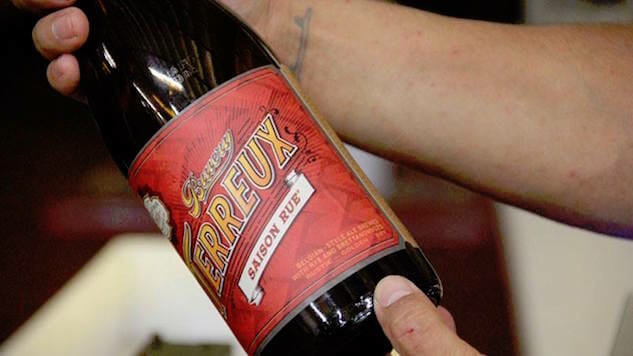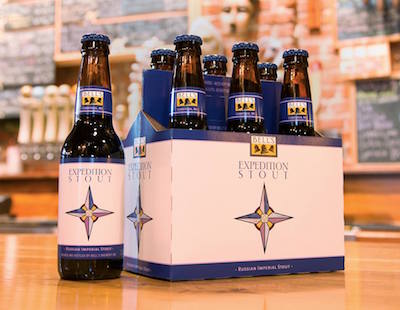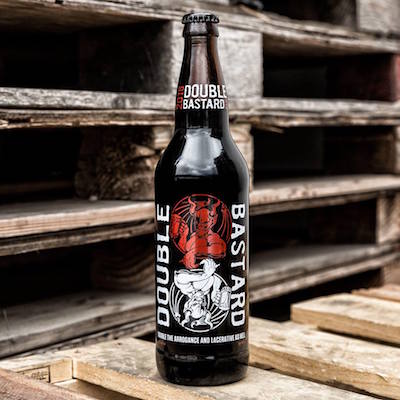The 5 Beers You Need To Start a Beer Cellar
Photo via The Bruery Terreux
I’ve got good news and bad news. The good news is that your beer cellar is a completely appropriate, legitimate pursuit; the bad news is that you’re probably doing it wrong.
See, though an enlightened few have been aging beer for a long, long time, the practice has flourished alongside the glut of limited release and #whalezbro beers flooding the market. As a result, many new cellars are simply overstocked with rare beer that’s just getting worse and worse by the week. You’re not supposed to age everything people.
Hence this list. These beers not only unequivocally benefit from a little, or a lot, of time, but are relatively affordable and easy to get. You’re welcome.
The Bruery Terreux Saison Rue
8.5% ABV
Suggested Retail: $12.99/750ml

Farmhouse ales, depending on the yeast strain and malt bill, are a supremely underrated candidate for aging. As far as readily available domestic examples are concerned, you can’t do much better than Saison Rue. Why? A few reasons…
First, it has the alcohol and sturdy malt bill, bolstered by the addition of rye, to give it staying power and complexity; remember, the flavor components that result from aging beer are mostly due to certain ingredients fading, allowing others to come to the forefront. So, as the hops begin to fade away, the considerable quantity of pale and rye malt will make themselves more known.
Second, there are the hops themselves to consider. Saison Rue is a very hoppy beer when fresh, resulting in great potential for oxidized hop notes: think slightly funky, expensive cheese rinds.
Last, but maybe most importantly, is the yeast strain. This beer enjoys a mixed saccharomyces/brettanomyces fermentation, which will slowly eat up more sugars in the beer over time, drying it out and making its own earthy, peppery profile more prevalent. This matches up perfectly with the oxidized hop profile, resulting in a beer completely apart from where it began.
Sweet spot: 3-5 years
-

-

-

-

-

-

-

-

-

-

-

-

-

-

-

-

-

-

-

-

-

-

-

-

-

-

-

-

-

-

-

-

-

-

-

-

-

-

-

-












































